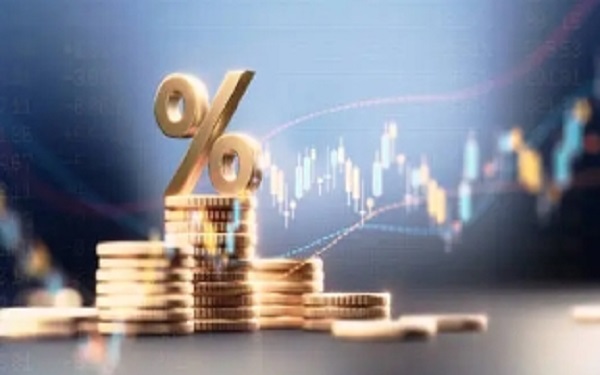
Banyan Gold Corp. (TSXV: BYN, OTCQB: BYAGF)
The New Yukon Gold Rush

In last week’s Federal Reserve meeting, Federal Reserve Chairman Powell’s remarks were like pouring cold water on gold and almost all other assets. The market’s strong bearish sentiment is mainly due to the excessively high expectations for a rate cut in March.
The Fed’s monetary policy statement and subsequent news conference by Powell were not the main focus. The key point is Powell’s statement regarding the timing of the first rate cut. In summary, he does not believe that the Monetary Policy Committee will have enough confidence to determine March as the time for the rate cut.
As soon as this statement was made, the market initiated a sell-off.
Subsequently, in an interview on “60 Minutes” Sunday evening, Powell reiterated his viewpoint, even taking a more assertive stance. He stated that they need to be more certain that the inflation rate is moving towards the Fed’s 2% target, but the committee is unlikely to have such confidence in March.
As a result, the market continued its downward trend on Monday.
However, more composed investors should not find this too surprising, as there were indications before the meeting that Powell would dampen expectations for a rate cut as soon as March.
This is bearish for gold, but the extent of the bearishness may not be as severe as many had anticipated. Since the Fed meeting, the probability of a rate cut in March has dropped from 53% before the meeting to only 14.5% now, yet the price of gold has only fallen by about $30, and it even experienced a decent increase last Thursday. Considering the high expectations investors had for a March rate cut, gold has shown strong resistance to decline.
However, today’s discussion is not about this topic but about the market’s excessively focused and obsessed with the Fed’s monetary policy.
Over the past few months, the price of gold has been constantly fluctuating in response to the changing expectations of the Fed’s policy shift in March. Every word and every term spoken by Fed officials is repeatedly interpreted and analyzed by the market, which is unnecessary and has even reached absurd levels.
We all know that gold has the attribute of resisting inflation, and this investment logic has been repeatedly validated throughout human history for thousands of years. However, the current market has overturned this logic, with high inflation becoming a bearish factor for gold. Their logic is that a high inflation rate will lead to a more hawkish stance in the Fed’s monetary policy, lowering expectations of a rate cut, and thus making gold bearish.
In short, the establishment of asset value is not based on thoughtful long-term investment decisions but on short-term policy factors. This applies not only to gold but to every market. Their dependence on the liquidity provided by the Fed is like a hungry person’s craving for food. Once the monetary policy leans towards tightening, all asset prices fall, and vice versa.
Focusing only on the short term will leave us confused by various illusions and noise. Looking at the longer term, time will smooth out all kinds of fluctuations, allowing us to grasp the bigger picture.
For example, when the inflation rate surged last year, gold’s performance was not impressive. However, what these people did not see was that after the outbreak of the pandemic, during the period of massive monetary and fiscal easing, the price of gold had already surged. The market has foresight; at that time, gold investors had already anticipated the inflation wave.
During the Fed’s historically most aggressive rate hiking cycle, gold rose against the trend by over $300. It cannot be said to be weak. Therefore, once the rate cut cycle begins, how will gold perform?
We know rate cut is coming, whether it begins in March or May will matter little.